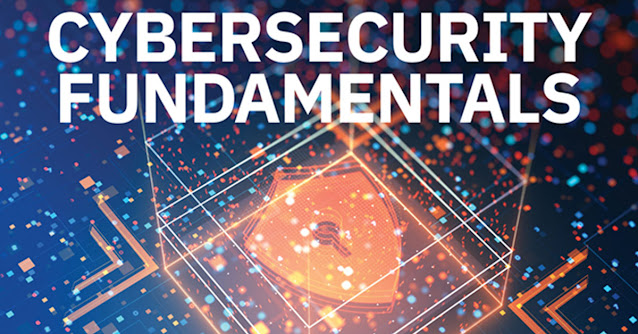Understanding the Fundamentals of Cybersecurity
Introduction
In an era where digital technology permeates every facet of our lives, cybersecurity has become a critical concern for individuals, businesses, and governments. The increasing frequency and sophistication of cyber attacks underscore the need for a robust understanding of cybersecurity fundamentals. This article delves into the core concepts of cybersecurity, including its importance, common threats, and basic protective measures.
What is Cybersecurity?
Cybersecurity refers to the practice of protecting systems, networks, and data from digital attacks. These attacks are aimed at accessing, altering, or destroying sensitive information or disrupting the normal operations of organizations. The goal of cybersecurity is to ensure confidentiality, integrity, and availability of information and systems.
Importance of Cybersecurity
Protecting Sensitive Information: With the proliferation of digital data, protecting sensitive information such as personal data, financial records, and intellectual property is crucial. Cyber attacks can lead to identity theft, financial loss, and reputational damage.
Maintaining Operational Integrity: Cybersecurity ensures that systems and networks function correctly and without interruptions. A successful attack can disrupt business operations, leading to financial losses and decreased productivity.
Regulatory Compliance: Many industries are subject to regulatory requirements concerning data protection and privacy. Effective cybersecurity practices help organizations comply with regulations like GDPR (General Data Protection Regulation) and HIPAA (Health Insurance Portability and Accountability Act).
Common Cyber Threats
Malware: Malicious software designed to harm or exploit devices and networks. Types of malware include viruses, worms, trojans, ransomware, and spyware. For instance, ransomware encrypts files and demands a ransom for their release.
Phishing: A social engineering attack where attackers deceive individuals into providing sensitive information such as login credentials or financial details. Phishing is commonly carried out through deceptive emails or websites.
Denial of Service (DoS) Attacks: These attacks overwhelm a network or server with traffic, causing it to become unavailable to legitimate users. Distributed Denial of Service (DDoS) attacks use multiple compromised systems to amplify the attack.
Man-in-the-Middle (MitM) Attacks: Attackers intercept and potentially alter communications between two parties without their knowledge. This can occur in unencrypted Wi-Fi networks where attackers capture data transmitted between devices.
Zero-Day Exploits: Vulnerabilities in software that are unknown to the vendor and therefore unpatched. Attackers exploit these vulnerabilities to gain unauthorized access or cause damage.
Basic Cybersecurity Measures
Use Strong Passwords: Create complex passwords that include a mix of letters, numbers, and symbols. Avoid using easily guessable information such as birthdays or common words. Password managers can help manage and store passwords securely.
Enable Multi-Factor Authentication (MFA): MFA adds an additional layer of security by requiring more than one form of verification before granting access. This could include something you know (password), something you have (a smartphone), or something you are (biometric data).
Regular Software Updates: Keeping software, operating systems, and applications up to date ensures that known vulnerabilities are patched. Many cyber attacks exploit outdated software to gain access.
Backup Data Regularly: Regular backups protect against data loss due to ransomware or other data corruption events. Ensure that backups are stored securely and tested for reliability.
Educate Users: Training users to recognize phishing attempts, follow best practices for password management, and understand the importance of cybersecurity can significantly reduce the risk of successful attacks.
Implement Network Security Measures: Use firewalls to block unauthorized access, intrusion detection systems (IDS) to monitor for suspicious activity, and encryption to protect sensitive data transmitted over networks.
Conclusion
Understanding and implementing cybersecurity fundamentals is essential for safeguarding digital assets and maintaining operational integrity. By recognizing common threats and adopting basic protective measures, individuals and organizations can better defend against cyber attacks and ensure a secure digital environment.

